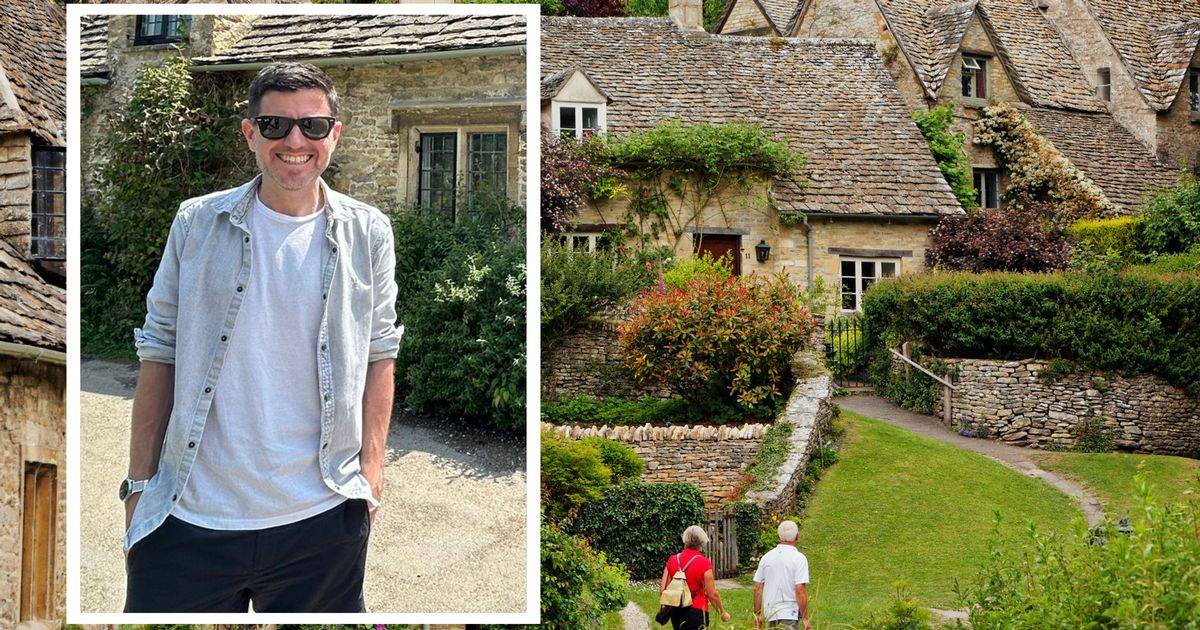It is famously known as ‘the most beautiful village in England’ with its rows of golden stone cottages and charming rural setting — but there’s one major issue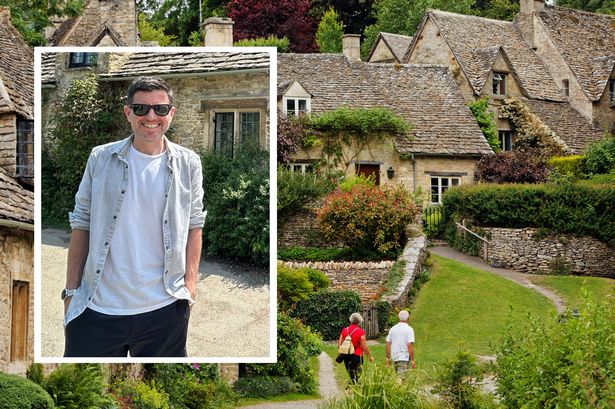 I visited ‘most beautiful village in England’ one hour from Bristol — one thing put me off as soon as I arrived(Image: Steffan Rhys/Getty Images)
I visited ‘most beautiful village in England’ one hour from Bristol — one thing put me off as soon as I arrived(Image: Steffan Rhys/Getty Images)
William Morris, famed poet and artist and a significant figure behind the British Arts and Crafts movement of the 19th century, once declared that he was in “the most beautiful village in England”. His expert eye for aesthetics was well-placed to judge and it is hard to dispute his thoughts on Bibury, a village of outstanding beauty nestled in the Cotswolds, just an hour away from Bristol.
Before visiting, I had seen many photographs of Bibury and cynically thought they were the result of some photographic wizardry — surely no place could match that level of charm in reality?
It could indeed. In fact, it surpasses expectations. I’ve never seen anywhere like it. Imagine the perfect, quintessential British village filtered through the lens of Harry Potter and you’d be on the right track but quite possibly still not fully appreciating it. With its storybook appearance, has a strong claim to be the crown jewel even of an area as beautiful as the Cotswolds. It even graces the pages of UK passports, reports the Express.
The river Coln meanders tranquilly through the village and under quaint stone bridges. Nearby, cows leisurely graze at the roadside beside the Swan Hotel, a prominent feature of the village centre, which has a strong claim to have Britain’s most beautiful beer garden. Next to the hotel, Bibury Trout Farm breeds fish that grace the tables of numerous Cotswolds restaurants, including Jeremy Clarkson’s pub.
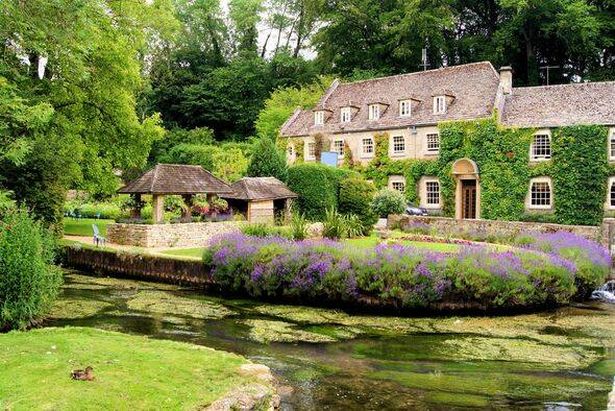 The Swan Hotel is the most imposing building in the centre of Bibury(Image: Getty)
The Swan Hotel is the most imposing building in the centre of Bibury(Image: Getty)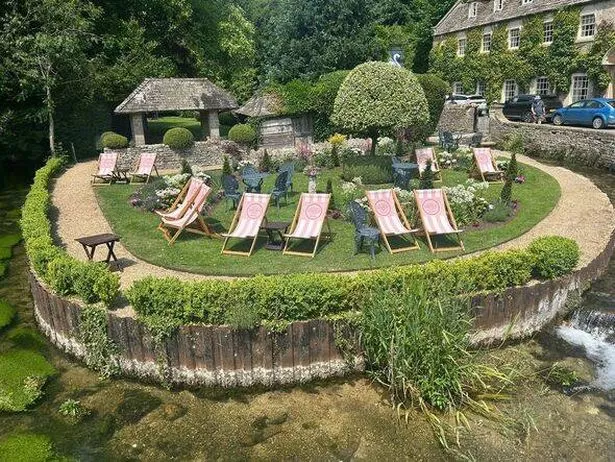 The beer garden of the Swan Hotel, surrounded by the gentle waters of the river Coln(Image: Steffan Rhys)
The beer garden of the Swan Hotel, surrounded by the gentle waters of the river Coln(Image: Steffan Rhys)
But Bibury’s most famous site is Arlington Row, a tow of cottages crafted from local stone positioned next to the River Coln. Originally serving as a monastic wool store, they were transformed into weavers’ cottages in the 17th century. It is likely the most photographed street in the Cotswolds – perhaps even the UK.
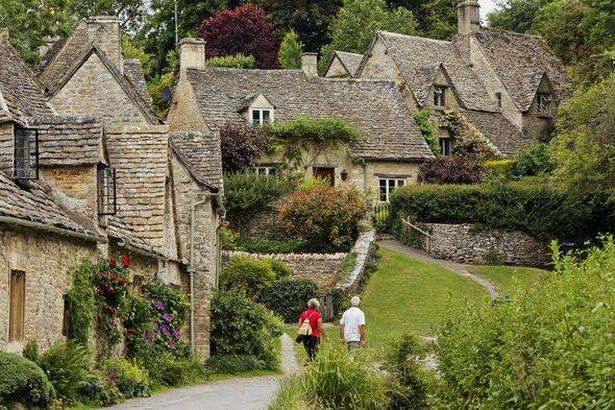 Arlington Row, a row of weavers’ cottages built of local stone next to the River Coln in Bibury(Image: Getty)
Arlington Row, a row of weavers’ cottages built of local stone next to the River Coln in Bibury(Image: Getty)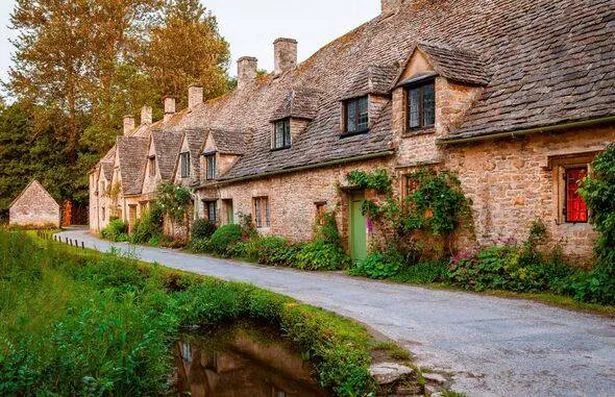 Arlington Row is one of the most photographed streets in the country(Image: Getty)
Arlington Row is one of the most photographed streets in the country(Image: Getty)
Life’s stresses melt away as you walk beside the cottages, first crossing a narrow stone bridge over the river and trying to tread the fine line of respecting the fact that these are people’s homes while marvelling at how gorgeous they are. Hopefully, the people lucky enough to live here enjoy the fact that, like Buckingham Palace, thousands of people take pictures of their homes every day.
However, that brings me to the big problem with Bibury: the overwhelming number of tourists. The volume of visitors far exceeds what this little village and its approximately 600 residents can accommodate, and the people who live here feel the impact of coaches, tour parties and thousands of day-trippers descending day in and day out.
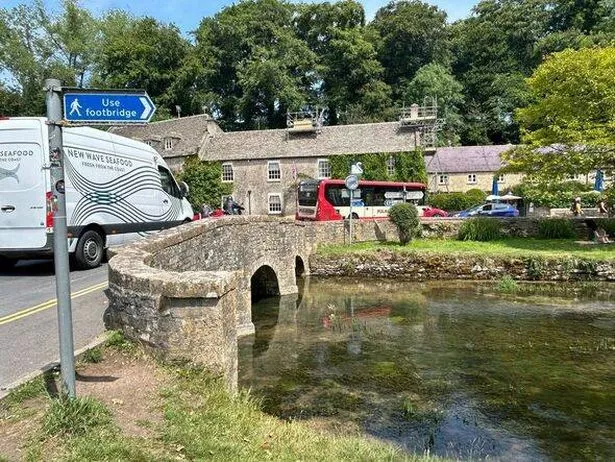 There is heavy traffic along the narrow lanes of Bibury, despite how small the village is(Image: Steffan Rhys)
There is heavy traffic along the narrow lanes of Bibury, despite how small the village is(Image: Steffan Rhys)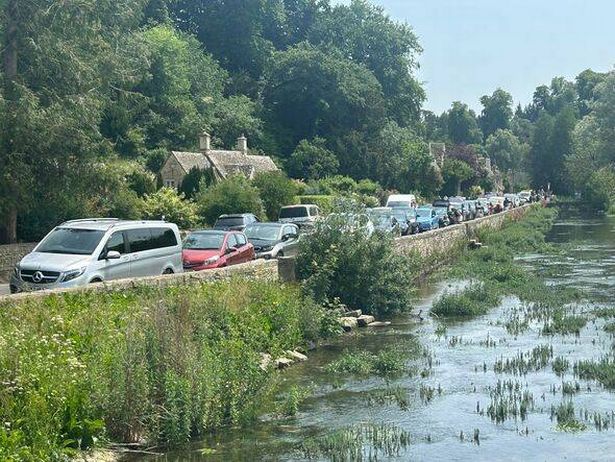 Cars are parked in long lines on the main road through Bibury, beside the river Coln(Image: Steffan Rhys)
Cars are parked in long lines on the main road through Bibury, beside the river Coln(Image: Steffan Rhys)
One resident, Lynn Edward, who has lived in Bibury for six years, told The Guardian earlier this year: “We have such a beautiful place that we want to share, but the level of tourism and the hordes of people that come has just made it entirely unpleasant, and the infrastructure doesn’t really cope with it.
“All they want to do is come and take a photograph. They don’t stay in the village. They don’t linger enough to really ingest the beauty and historic value of the place. It’s literally, I think, to take a selfie.”
I knew in advance that Bibury was a tourist attraction — and obviously I was a tourist. But I didn’t appreciate just how many people there would be. Signs of overtourism were evident from the outset: tourists roamed on the roads, cars lined up along the river, several languages filled the air, while people from every corner of the globe clambered onto the beautiful stone bridges, often obstructing them for the sake of Instagram-worthy selfies. With the increase in travel influencers on social media, people are flocking to Bibury in huge numbers.
 A relentless stream of tourists walks beside the cottages on Arlington Row(Image: Steffan Rhys)
A relentless stream of tourists walks beside the cottages on Arlington Row(Image: Steffan Rhys)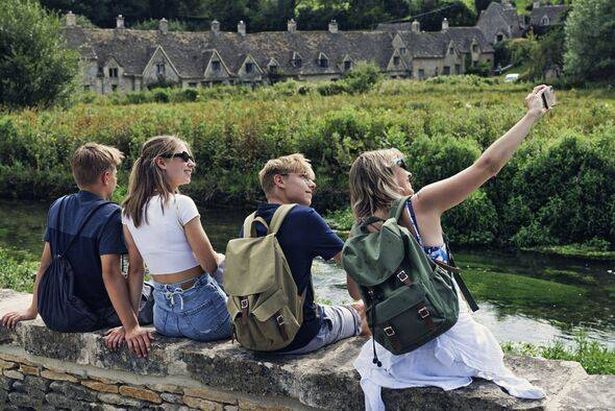 And people are very keen to grab a photo of the scene for the memories (and social media channels)(Image: Getty)
And people are very keen to grab a photo of the scene for the memories (and social media channels)(Image: Getty)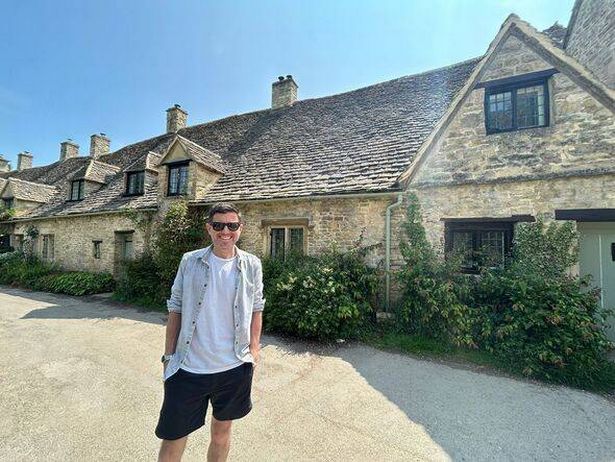 I tried to tread the fine line of respecting people’s homes while enjoying the beauty of the village(Image: Steffan Rhys)
I tried to tread the fine line of respecting people’s homes while enjoying the beauty of the village(Image: Steffan Rhys)
There’s even a large car park on the outskirts of the village, where visitors are charged £5 to park before walking into the heart of the village. There is enough space for 300 cars but villagers say even this is not enough on some days. The narrow lane between the car park and the village is a tight squeeze when trying to cope with two-way traffic as well as all the tourists on foot.
While many would assume that such a large number of tourists would also bring a significant economic benefit, people in the village don’t seem convinced that’s the case.Victoria Summerley, a journalist and author who has lived there since 2012, says: “[The villagers] would say [the tourists] don’t put any money into the village.”
It is clearly a difficult balance. While tourism can bring benefits and people are often proud to share the beauty of where they live with visitors, it is understandable that villagers who call Bibury home are frustrated by the extent to which it has now become a tourist attraction. It is undoubtedly a staggeringly beautiful place, and lives up to its billing as “the most beautiful village in England”, even considering the amount of competition in the Cotswolds alone. So if you do visit, please try and be as respectful as possible of the people who live here.
Things to do in BiburyArlington Row
A row of cottages originally built of local stone in 1380, next to the River Coln, is probably the most photographed street in the Cotswolds, possibly even the country. A short circular route runs from the Swan Hotel to the cottages and back along a track to the hotel.
Bibury Trout Farm
Bibury Trout Farm is one of Britain’s oldest trout farms. Founded in 1902, you will find its trout on the menu in restaurants around the Cotswolds. It is open to the public while being a working trout farm producing hundreds of thousands of trout (brown, blue and rainbow) a year. It also has an on-site smokery. You can buy the trout on site and in the village shop. Entry to the farm costs £9 for adults.
Swan Hotel
The beautiful Swan Hotel is perhaps the most prominent building in Bibury, its walls covered in greenery. You can stay here or simply book a table for lunch or dinner. It also has arguably the most beautiful beer garden in Britain, with deckchairs set almost on an island surrounded by the tranquil River Coln.
Eleven Bibury
With interiors designed by Laurence Llewelyn-Bowen, Eleven Bibury is a mixture of cafe, restaurant, art space and shared working space just across the main road from the river. Grab a brunch, a slice of cake or coffee and escape the crowds of tourists outside.
